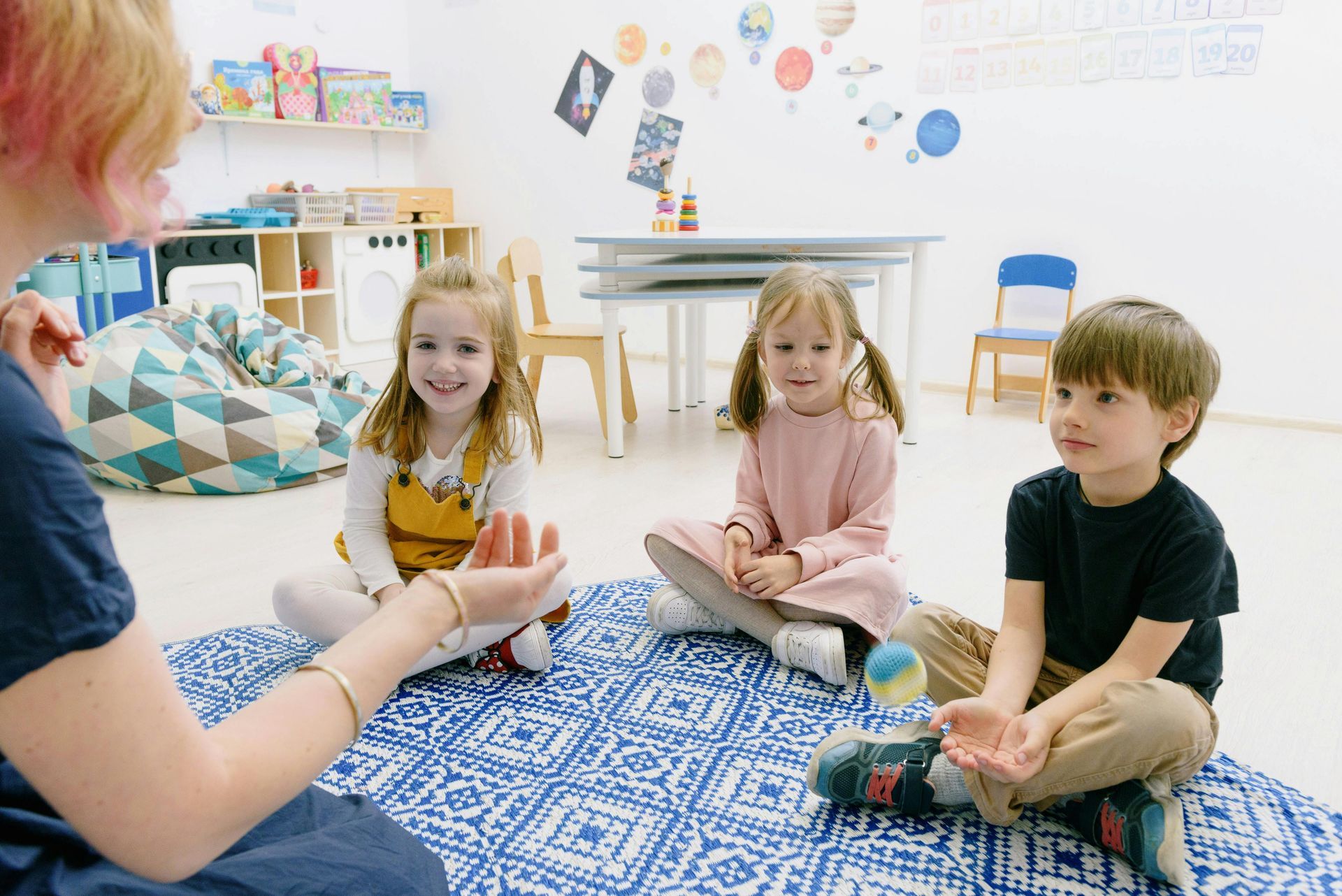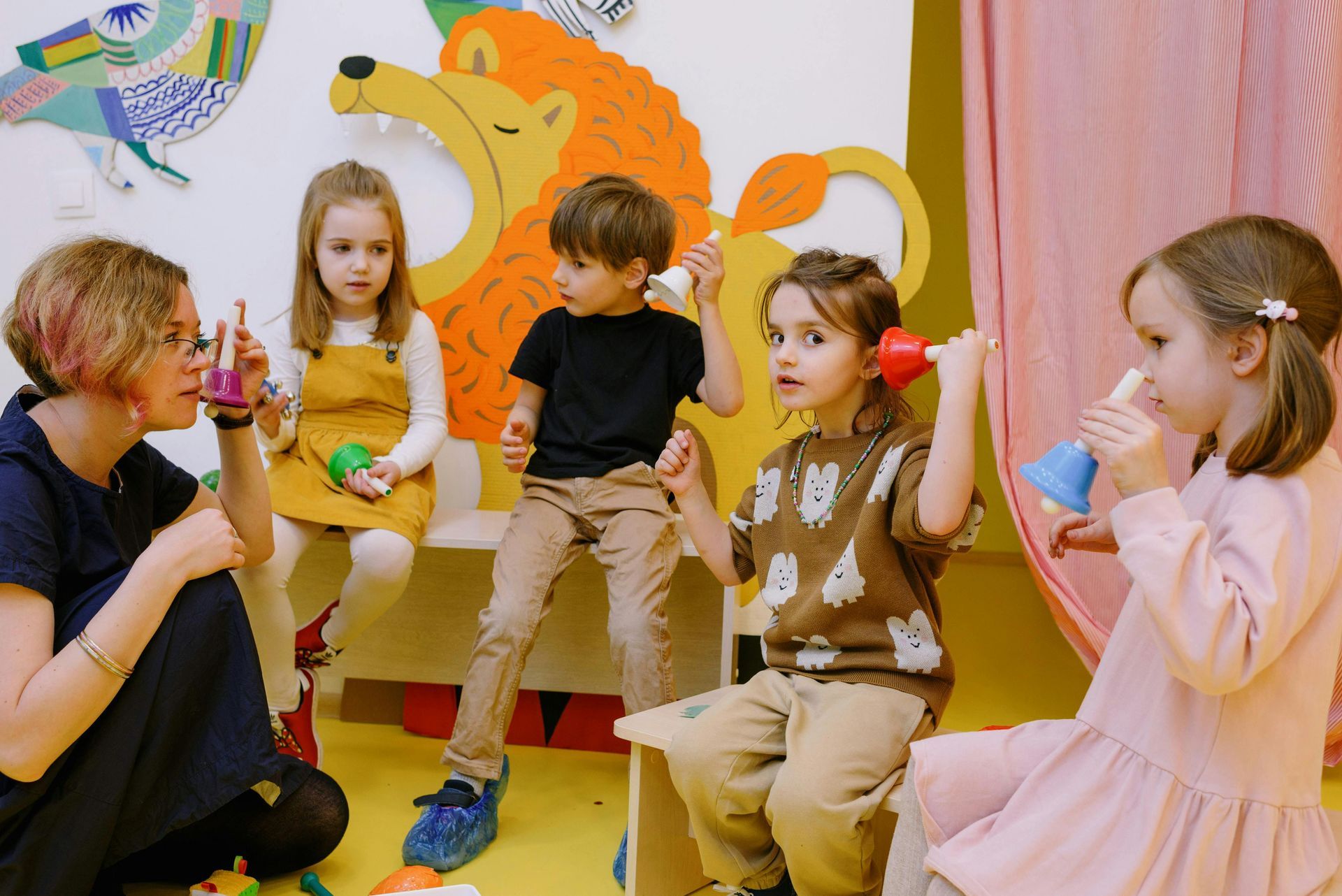How Playtime Builds Resilience: Preparing Children for Life’s Challenges

Resilience—the ability to bounce back from setbacks, cope with stress, and keep moving forward—is an essential life skill. At Playtime Academy, we believe that resilience isn’t something children are born with, but rather something that can be nurtured through everyday experiences and play. By engaging in various play activities, children learn how to face challenges, manage adversity, and grow stronger in the process. In this post, we will explore how playtime helps build resilience in young children and why it’s one of the most powerful tools for developing this critical life skill.
The Role of Play in Building Resilience
Play is much more than just a fun way to pass the time for children—it’s an opportunity for them to develop essential emotional and psychological tools that will help them navigate life’s challenges. Through play, children experience small challenges and setbacks, providing them with valuable learning experiences that build their ability to persevere. Here’s how play fosters resilience:
1. Learning Through Trial and Error
In many types of play, especially open-ended and creative activities, children encounter problems they need to solve. Whether it’s building a tower with blocks that keeps falling down or trying to solve a puzzle with missing pieces, these small setbacks encourage children to keep trying and problem-solve until they succeed. This process helps children develop perseverance and an understanding that failure is a natural part of learning.
2. Building Confidence Through Successes
When children successfully solve a problem or complete a challenging task through play, they gain a sense of accomplishment and confidence. These small wins build their belief in their abilities and reinforce the idea that they are capable of overcoming difficulties. This confidence in their own skills helps them tackle more significant challenges in the future with a positive attitude.
3. Emotional Regulation During Play
Resilient children are better at managing their emotions when things don’t go as planned. Play teaches children to regulate their emotions when faced with frustration, disappointment, or excitement. For example, when a game doesn’t go their way, children learn how to calm themselves down, express their feelings, and refocus. These emotional regulation skills are key components of resilience.
4. Social Resilience: Learning to Coexist with Others
Many types of play, especially cooperative games, require children to work together, share, and negotiate. In social play, children learn how to handle conflicts, respect others’ perspectives, and cooperate as part of a team. Through these interactions, children develop emotional resilience and learn how to deal with social challenges like disagreements and differences.
5. Gaining Perspective and Flexibility
Through role-playing games or storytelling, children are encouraged to take on different perspectives. This helps them develop cognitive flexibility, which is an important part of resilience. When children can see situations from different angles, they are better able to adjust their approach and find alternative solutions when faced with adversity.
Playtime Activities That Build Resilience
At
Playtime Academy, we intentionally design our play activities to foster resilience. Here are some examples of how playtime builds resilience in our students:
1. Creative Problem-Solving Activities
Activities like building with blocks, solving puzzles, or designing art projects encourage children to think critically, plan, and adjust their strategies as they encounter obstacles. These activities teach children that problems can be solved with patience and perseverance.
2. Group Games and Cooperative Play
Games that require teamwork, such as relay races, building group projects, or playing a cooperative board game, help children develop social resilience. Through these activities, children learn to collaborate, communicate, and overcome challenges as a group, making them more adaptable and emotionally flexible.
3. Outdoor Play and Physical Challenges
Outdoor play is an excellent opportunity for children to face physical challenges. Climbing, running, jumping, and balancing help children improve their physical resilience. Outdoor play also provides natural opportunities for children to test their limits, learn about their physical strengths, and build their stamina.
4. Role-Playing and Imaginative Play
Role-playing activities, such as pretending to be a doctor, teacher, or firefighter, help children develop cognitive and social resilience. In these imaginative scenarios, children are exposed to different situations and learn how to react in a variety of contexts. These experiences help them become more adaptable and resilient in the face of uncertainty or change.
5. Reflection Time After Challenges
We encourage children to reflect on their experiences after overcoming a challenge in play. Whether they’re reflecting on a game they played or a puzzle they solved, taking the time to discuss what worked and what didn’t fosters self-awareness and emotional growth. This reflection helps children understand that setbacks are opportunities for learning, not reasons to give up.
Building Resilience Beyond Playtime
While play is a crucial tool for developing resilience, there are also other ways that parents and educators can encourage resilience in children. Here are a few strategies:
1. Encourage Independence
Allowing children to complete tasks on their own, even when they find them difficult, helps build their confidence and resilience. Simple activities like tying their shoes, cleaning up their toys, or getting dressed independently provide opportunities for children to learn and grow.
2. Provide Support, Not Solutions
When children face difficulties, resist the urge to step in and solve their problems immediately. Instead, offer guidance and emotional support, allowing them to work through challenges on their own. This encourages problem-solving skills and helps them learn that they are capable of overcoming obstacles.
3. Praise Effort, Not Just Success
Instead of praising only the outcome, focus on praising the effort that children put into their work. When children are acknowledged for their persistence and hard work, they are more likely to try again the next time they face a challenge, even if they don’t succeed at first.
4. Teach Positive Self-Talk
Encourage children to use positive self-talk when facing a challenge. Phrases like “I can do this,” “I’ll try again,” or “It’s okay to make mistakes” help children develop a growth mindset and build resilience. Teaching children to replace negative thoughts with encouraging statements can boost their emotional strength.
5. Model Resilience
As a role model, demonstrate resilience in your own life. Whether it’s handling a difficult situation at work or managing a personal challenge, showing children how you cope with adversity helps them understand that resilience is a valuable skill that can be developed.
Explore the vital role emotional intelligence plays in early childhood education and how it contributes to creating a foundation for lifelong learning in our posts on the importance of emotional intelligence in early childhood education and creating a foundation for lifelong learning.
Conclusion
Building resilience in young children is one of the most important things we can do as educators and parents. Play is a natural and effective way to help children develop this essential life skill. At
Playtime Academy, we create an environment where children are encouraged to face challenges, try new things, and persevere, knowing that they have the support and tools they need to succeed. By fostering resilience through play, we help our students become more confident, adaptable, and capable of facing the challenges that life will inevitably throw their way.











